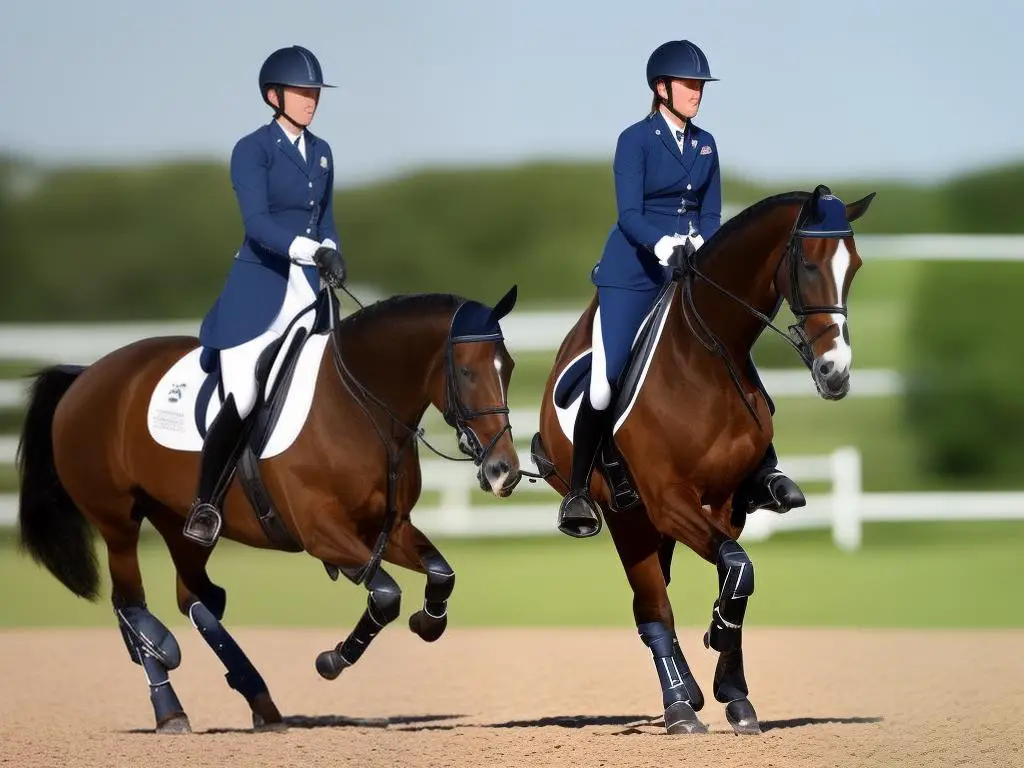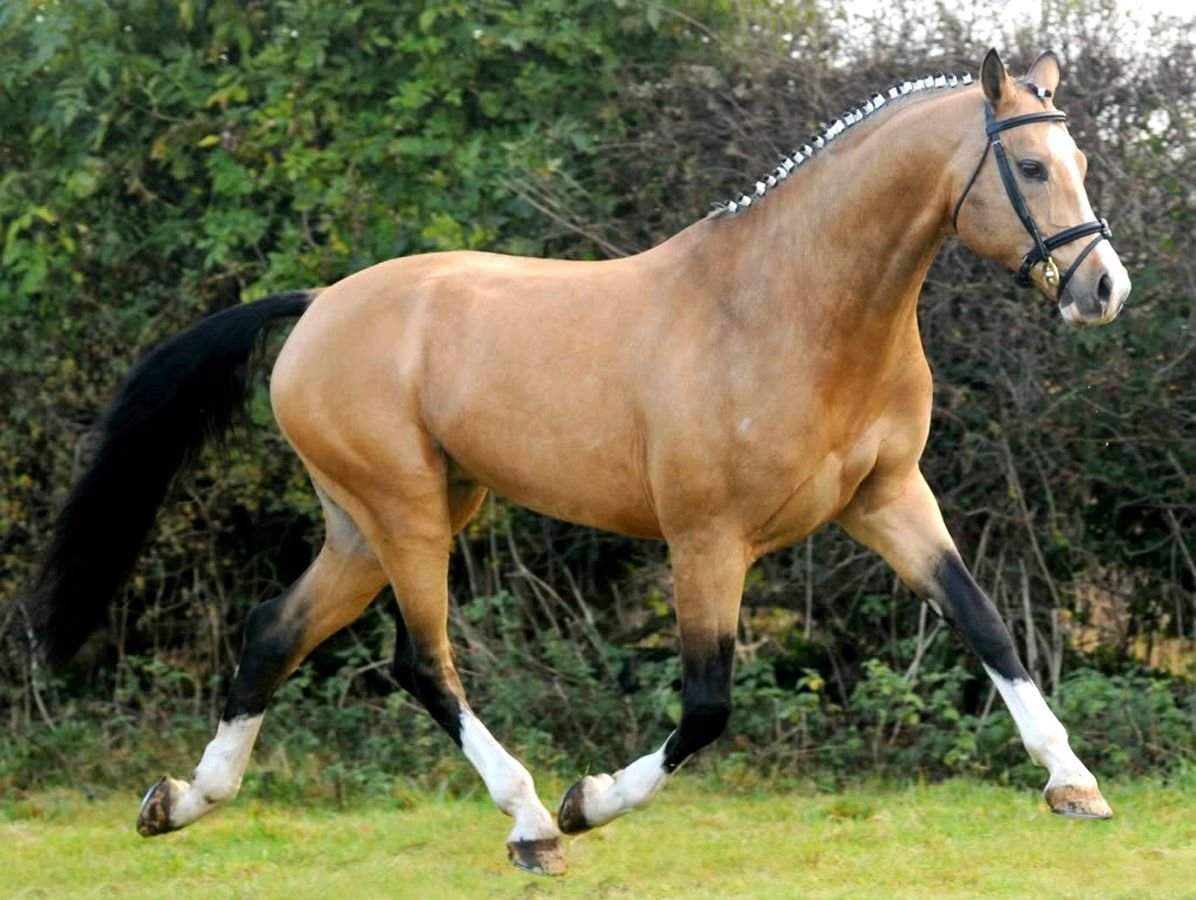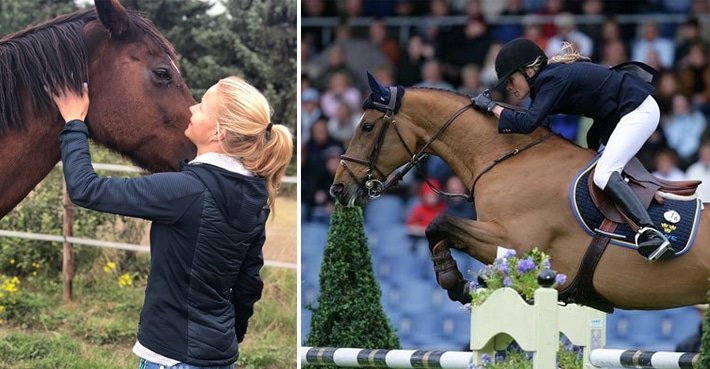Warmbloods are a popular group of horses, known for their versatility, athleticism, and friendly nature. They are highly favored in disciplines like dressage, show jumping, eventing, and even some racing events. But what exactly makes warmbloods different from other horse breeds? Understanding their unique traits, history, and qualities can help you appreciate why they stand out in the equestrian world.
The Origins of Warmbloods
Warmbloods are a collective term for several horse breeds that emerged in Europe, originally bred for versatility and athleticism. Their development began by crossing cold-blooded draft horses with hot-blooded breeds like the Arabian and Thoroughbred. The result was a horse that combined the strength and stamina of draft horses with the agility and speed of lighter breeds.
Unlike heavy draft horses, which were bred primarily for power and endurance, warmbloods were intended for work, sport, and cavalry. Over time, these horses were refined through selective breeding for specific disciplines, such as dressage, jumping, and eventing.
Unique Characteristics of Warmbloods
There are several key traits that differentiate warmbloods from other horse breeds. These characteristics make them especially well-suited for high-performance equestrian sports.
1. Balanced Build and Conformation
Warmbloods have a balanced, athletic conformation, combining the best aspects of both cold and hot-blooded horses. They typically have a strong yet flexible body, with a well-developed hindquarters that provide powerful propulsion. Their long, sloping shoulders and deep chests allow for fluid movement and excellent stamina.
In comparison, cold-blooded draft horses tend to be stocky and heavy, suited for pulling or work tasks, while hot-blooded breeds like Thoroughbreds are often leaner and more agile, making them better suited for speed rather than strength or endurance. Warmbloods strike a perfect balance between these two extremes, making them incredibly versatile for a wide range of activities.
2. Athleticism and Endurance
Warmbloods are known for their athleticism, excelling in sports that require speed, power, and endurance. Their strength and stamina make them ideal for disciplines such as eventing and dressage. The muscular build of warmbloods enables them to clear high fences and perform complex dressage movements with ease.
In contrast, hot-blooded horses like Thoroughbreds are often bred specifically for speed and agility over short distances, such as in flat racing. While Thoroughbreds are quick and nimble, they may not possess the same stamina and strength over longer periods or complex tasks. Cold-blooded draft horses, on the other hand, are built for heavy labor, not the agility needed in performance sports.
3. Temperament and Trainability
Warmbloods are known for their calm, cooperative, and willing temperament. They are generally friendly and easy to train, which makes them ideal for riders of all levels. Their trainability is one of the reasons they excel in competitive disciplines like dressage, where precision and responsiveness are critical.
While hot-blooded horses like Thoroughbreds can sometimes be more sensitive or spirited, warmbloods maintain a steady demeanor, allowing them to stay focused and engaged during training. Their even temperament makes them reliable partners in demanding sports. Cold-blooded breeds are typically more docile and less energetic, making them great for work but less suited to the fast-paced world of equestrian sports.
Warmbloods in Equestrian Sports
One of the major differentiators of warmbloods is their success in a wide range of equestrian disciplines. Their athleticism and temperament make them particularly well-suited for disciplines that require a blend of strength, precision, and agility. Here’s a look at some of the disciplines where warmbloods excel:
1. Dressage
Warmbloods are the dominant breed in dressage competitions due to their ability to perform intricate, precise movements with grace and fluidity. Their natural ability to collect and extend their gaits, combined with their calm demeanor, allows them to excel in this demanding sport.
2. Show Jumping
The agility and power of warmbloods make them excellent candidates for show jumping. Their ability to jump with height and scope, combined with their trainable nature, has made them the go-to breed for top show jumpers around the world.
3. Eventing
Eventing requires a horse to excel in three phases: dressage, cross-country, and show jumping. Warmbloods have the versatility to perform across all three disciplines, combining strength, stamina, and agility to tackle the challenges of each phase.
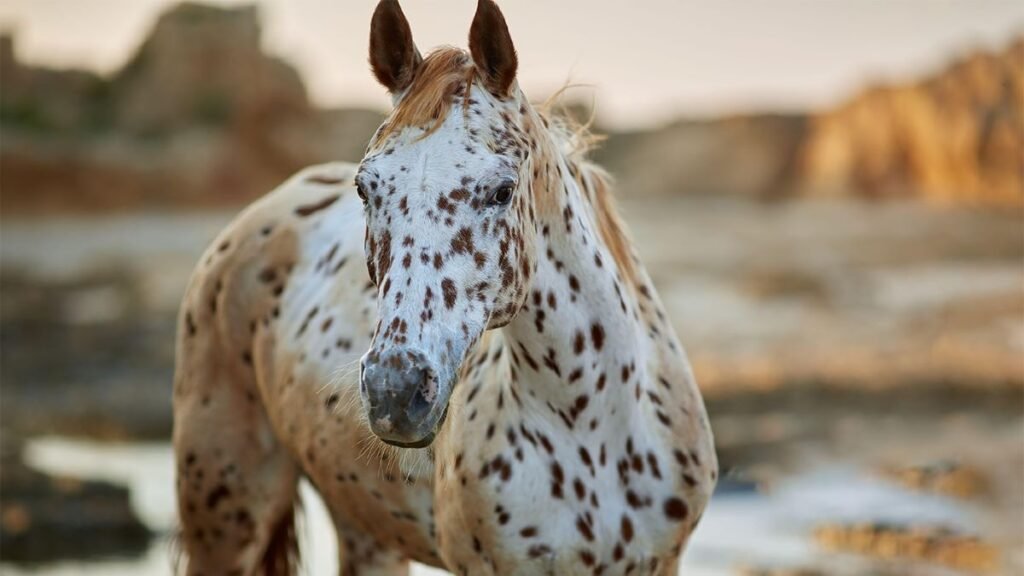
Warmbloods vs. Other Popular Horse Breeds
While warmbloods are celebrated for their versatility, other popular breeds are bred for specific disciplines. Here’s how warmbloods compare to other types of horses:
Thoroughbreds vs. Warmbloods
Thoroughbreds are renowned for their speed and agility, excelling in racing and short-distance sports. In comparison, warmbloods have more stamina, strength, and versatility. They may not have the same sprinting speed as Thoroughbreds but can handle more demanding sports that require endurance and power.
Draft Horses vs. Warmbloods
Draft horses, such as Clydesdales and Percherons, are larger and heavier, bred for heavy pulling work. While they excel in strength and endurance, they lack the agility and refinement needed for competitive equestrian sports. Warmbloods are more refined and athletic, capable of excelling in activities that require both power and finesse, like jumping and dressage.
Breeds within the Warmblood Category
Several specific breeds fall under the warmblood category, each with its own characteristics and strengths. Some of the most famous warmblood breeds include:
- Dutch Warmblood: Known for their athleticism and success in jumping and dressage.
- Hanoverian: Renowned for their superior jumping ability and balanced build, making them top contenders in eventing.
- Holsteiner: Famous for their scope in jumping and adaptability in various equestrian sports.
- Oldenburg: A versatile breed that excels in dressage and jumping, with a powerful build.
Conclusion
Warmbloods are distinct from other horse breeds due to their balanced conformation, athleticism, trainable temperament, and versatility across various equestrian disciplines. While they may not be as specialized as Thoroughbreds or draft horses, their ability to combine speed, strength, and agility makes them a preferred choice in sports like dressage, eventing, and show jumping. Whether for recreational riding or competitive performance, warmbloods offer a unique blend of traits that set them apart in the equestrian world.







